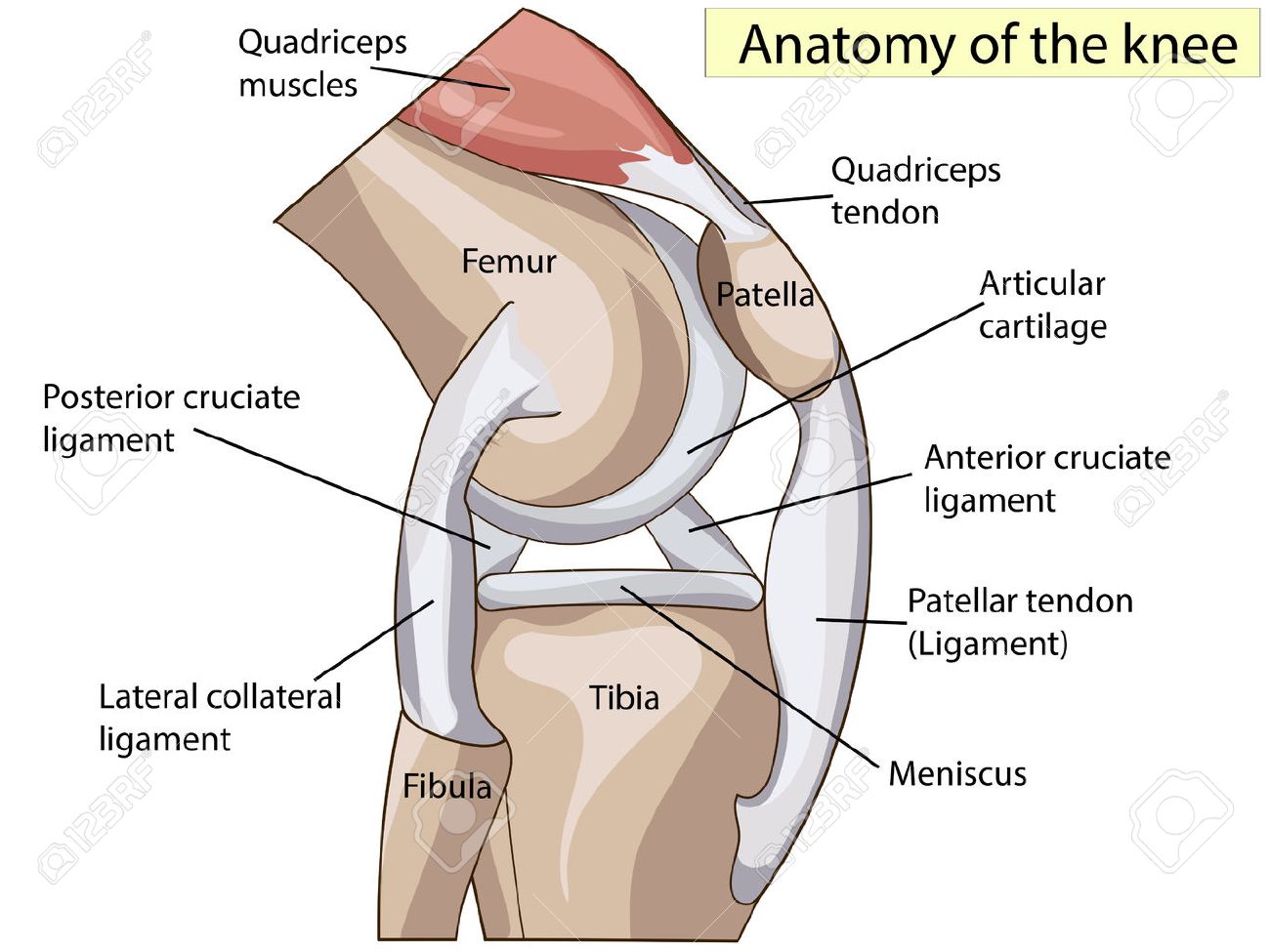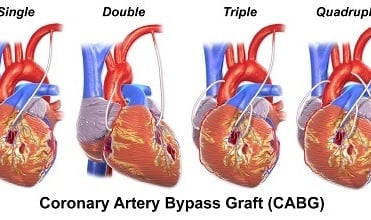Patellofemoral Knee Replacement Procedure and Results

Patellofemoral Knee Replacement
During this surgery, the surgeon creates a surface on the underside of the kneecap and the groove on the end of the thigh bone. It accommodates the artificial joint. The implanted joint is then held in position with bone cement that is similar to a standard total knee replacement.
The most crucial part of the surgery is to ensure that the kneecap slides up and down in the groove on the end of the thigh bone normally. When not addressed carefully the newly implanted partial knee replacement can possibly wear out quickly.
Recovery after a patellofemoral replacement is comparatively faster than a total knee replacement. The patient has to begin exercises to bend the knee immediately following surgery. Full weight can be placed on the knee with the help of crutches or a walker that is generally used for support in the initial few weeks.
Results of Patellofemoral Replacement
It is difficult to estimate exactly how long a patellofemoral replacement will last. The implant designs keep on changing significantly in hope that better implants will lead to better results.
Most studies depicted that 80% to 90% of patients have shown good results in the first decade after patellofemoral replacement. It is uncertain whether or not they will hold up longer than that is not understood. The most common reason that a patellofemoral replacement will not work is not because of a problem with the implant. It is a problem in the remaining part of the knee joint that was not replaced. About 25% of patients might gradually require conversion of their partial patellofemoral replacement to a total knee replacement. This results in worsening arthritis in the other compartments of the knee.
This is why the patients who have the best results from patellofemoral knee replacement are the ones who have specific problems with their kneecap, such as problems with patellar tracking or a previous patella fracture. These conditions can lead to early wear and tear of the cartilage under the kneecap.
Patients with generalized knee arthritis tend to eventually require a full knee replacement.
Conclusion
This procedure proves very helpful for patients who have worn out the smooth cartilage lining of their knee joint. They are left with exposed bone-to-bone surfaces in the joint.
Get in Touch with Medical Experts
Most Searched Blog

Heart Surgery

Heart Transplant

Atrial Septal Defect
